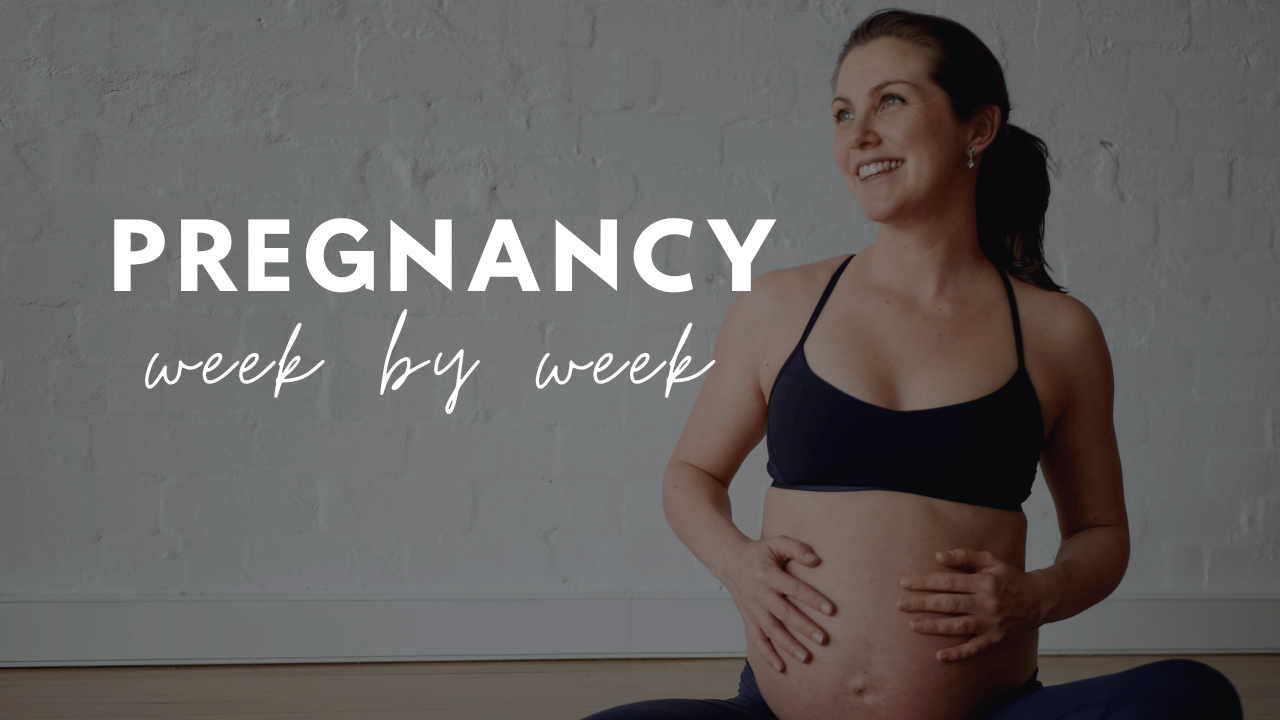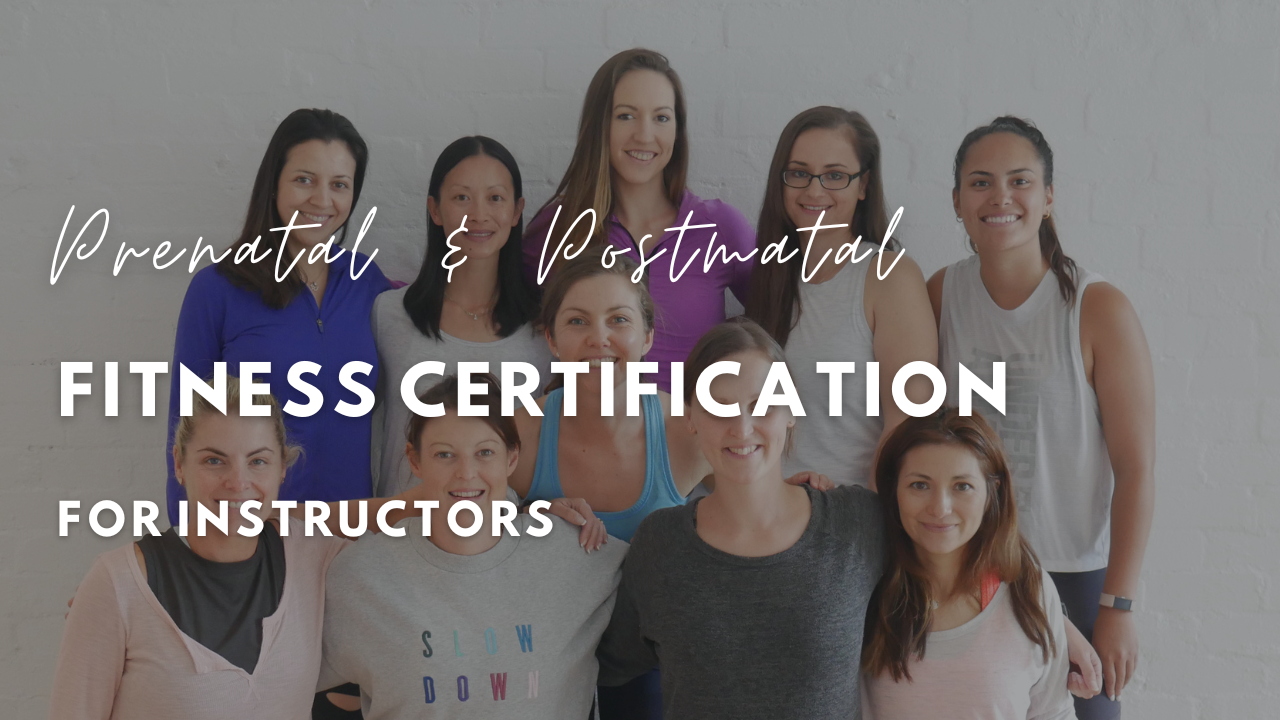Is Swimming Safe during Pregnancy?

Is Swimming Safe during Pregnancy?
Yes, swimming during pregnancy is recommended! But there are some very important rules you must follow to ensure the safety of both you and baby.
For the vast majority of pregnant women with uncomplicated pregnancies, swimming is safe and it's one of the best exercises you can do.
Most obstetricians actively encourage it. Always confirm with your own healthcare provider at prenatal visits, especially if your pregnancy is high-risk.
Water Aerobics
Water aerobics, or PregAqua, is another recommended form of exercise but only if you have been cleared by your doctor.
As well as being fun, swimming is a great way to keep fit, stay healthy and make friends. Swimming is a healthy activity that you can continue for a lifetime including during your postpartum workouts.
It is a low-impact activity that has many physical and mental health benefits.
Are you pregnant and looking for a safe and enjoyable way to stay active?
Official Guidelines (ACOG, RCOG, CDC, etc.)
American College of Obstetricians and Gynecologists (ACOG, 2020) state that Swimming is explicitly listed as a recommended aerobic activity for healthy pregnant women.
Royal College of Obstetricians and Gynaecologists (UK) also recommends swimming as safe and effective.
Swimming and water aerobics are explicitly recommended for almost all pregnant women.
You can continue at the same intensity you did pre-pregnancy (or build up gradually if you're new).
No upper heart-rate limit is imposed for swimming because overheating is rarely an issue.
Why Swimming Is Safe and Recommended
1. Low-impact
Water supports your body weight, reducing stress on joints, ligaments, and the pelvis (which become looser due to pregnancy hormones like relaxin).
2. Reduces swelling
The hydrostatic pressure of water helps decrease edema (swelling) in the legs and feet, which is common in pregnancy.
3. Relieves back and pelvic pain
Buoyancy takes pressure off the spine and sacroiliac joints.
4. Improves cardio
Improves cardiovascular fitness without overheating (water keeps your body temperature stable, which is important because overheating in the first trimester can be a concern with some exercises).
5. Safe in all trimesters
Unlike some activities that become risky later in pregnancy (e.g., contact sports, supine exercises after ~20 weeks, or scuba diving), swimming remains safe right up to delivery (as long as your doctor hasn't restricted exercise).
Why You Should Swim
In this complete guide, we delve into the benefits of swimming during pregnancy and provide you with all the information you need to know before taking the plunge.
From the best swimming strokes to pregnancy-friendly exercises, we've got you covered.
Stay fit, healthy, and happy throughout your pregnancy with our expert tips and advice. Dive into the world of swimming during pregnancy with confidence!
Are you expecting a baby and wondering if it's safe to swim during pregnancy?
The answer is yes!
Swimming is a fantastic form of exercise for expectant mothers.
Not only does it provide a full-body workout, but it's also gentle on your joints, which can be a relief as your pregnancy progresses.
Swimming can help alleviate common pregnancy discomforts like back pain and swelling, thanks to the buoyancy of the water.
Listen to Your Body
Just be sure to listen to your body and avoid overexertion. If you were a regular swimmer before pregnancy, you can likely continue your usual routine with some modifications.
If you're new to swimming, start slowly and gradually increase your time and intensity.
Always remember to stay hydrated, wear sunscreen if swimming outdoors, and consult with your healthcare provider before starting any new exercise routine.
So, grab your swimsuit and dive in for a safe and enjoyable workout during your pregnancy journey.
Swimming is Low Impact
This is good for your joints and ligaments because the water supports your body.
Swimming is an aerobic and strength conditioning exercise too. Both of these have been shown to shorten labor and decrease the risk of complications at birth.
If you have a healthy pregnancy, you should aim to do regular exercise. And swimming is a great choice.
As always, just be sure to check with your doctor or midwife before you start if swimming.
When Swimming Might NOT Be Safe
1. Vaginal bleeding
2. Regular painful contractions
3. Dizziness or feeling faint when getting out of the pool
4. Sudden swelling of hands/face
5. Severe headache or visual changes
6. Ruptured membranes (water has broken)
Is Chlorine Safe During Pregnancy?
Is it safe to swim in a chlorinated pool during pregnancy is a common question. And the answer is Yes! Moderate exposure is fine.
There have been some scary stories circulating on Google about the byproducts in chlorinated water potentially being harmful enough to cause birth defects.
But from what the experts say, the research these stories was based on doesn’t provide any conclusive evidence.
Chlorine in Pools
In fact, the experts say that there’s no evidence to suggest the amount of chlorine in a swimming pool would do anyone any harm.
Chlorine's job in a pool is to disinfect it, to help keep it clean from other bacteria that could potentially be harmful.
It won't harm you if you happen to swallow a bit of pool water during your swim, either.
So, swimming in a chlorinated pool is not harmful to you or your baby.
Swimming keeps you fit.
It may also help you to feel better about your changing body. This form of exercise will be beneficial to help prevent pregnancy back pain.
Swimming is a particularly good exercise in pregnancy, as the water helps to support your extra weight. This can be a huge relief, especially in the third trimester.
And unlike some other forms of aerobic exercise, swimming helps you to maintain a normal body temperature without getting overheated.
Benefits of Swimming
Swimming is a great workout because you need to move your whole body against the resistance of the water. And it is a good all-round activity because it:
1. Tones muscles and builds strength.
2. Provides an all-over body workout.
3. Takes some of the impact stress off your body.
4. Builds endurance, muscle strength and cardiovascular fitness.
5. Helps maintain a healthy weight, healthy heart and lungs.
6. Being a relaxing and peaceful form of prenatal exercise.
7. Alleviates stress.
8. Improving coordination, balance and posture.
9. Improves flexibility.
Swimming has Health Benefits
1. Promotes blood flow and improve circulation builds endurance.
2. It helps to strengthen muscles.
3. Buoyancy effect is great for back ache and back pain.
4. It is non-impact.
5. Helps to burn calories.
6. It's a great way to help you cool down in summer.
7. It can soothe back ache.
8. It helps to quieten the mind and invigorate the body.
9. It can be relaxing.
Gradually Build-up Your Time
Whether or not you are a seasoned swimmer, you should start slowly.
You should gradually work-up to sessions of up to 30 minutes long. It is OK to swim for 10 minutes or 20 minutes if that suits you. There is no need to constantly try and progress if it doesn't suit you.
Make sure you warm up and cool down gradually. And don't over-exert yourself. You should finish your swim session feeling that you could do more.
Safety Precautions
The big question comes down you your swimming competency. In other words, how strong a swimmer are you?
If you were consistently swimming before you became pregnant, then you should be able to continue with your usual routine. But only after consulting your prenatal health care professional first.
Swimming is an exercise you can do throughout each trimester. As you enter deep into your third trimester you want to do a prenatal aqua class instead.
Swimming Safety Precautions
1. Consult your doctor.
Always check with your doctor before starting any new exercise program.
2. Stay hydrated.
Drink plenty of water before and after swimming.
Protect from the sun: If swimming outdoors, use sunscreen and wear a hat.
3. Slippery decks
Be cautious on slippery pool decks, wear non-slip shoes, and ensure you have a safe way to get in and out of the water.
4. Be aware of water quality
Avoid swimming in water that looks dirty or has signs of algae. Do not swallow pool water.
5. Know when to stop
Listen to your body. If you feel uncomfortable, have respiratory problems, or have any concerns about chlorine exposure, limit your exposure or consult your doctor.
Start Slowly
You should always start slowly (beginner workouts) and then gradually work up to longer sessions. Just be sure not to over-exert yourself.
Choose a stroke that you enjoy and feels comfortable. Breaststroke is fine unless you have any problems with pain at the front of your pelvis as it may make the pain worse.
You may want to wear goggles so you can swim with your head down. This keeps your body straighter, which is better for your back.
Try to avoid making too many strong twisting movements, as these could overwork your deep tummy muscles or strain your ligaments.

If you feel unwell.
If you feel unwell, or experience any unusual symptoms such as pain or bleeding, stop your swimming sessions and talk to your doctor or midwife.
Pregnancy may not be the time to take-up swimming if you are not a strong swimmer.
Also, you may have specific health complications that stop you from swimming so my best advice here to to consult your health care professional.
Fainting
As you may experience sudden periods of faintness or nausea you must be prepared to deal with such feelings that can be dangerous in water.
You also need to pay more attention to safely getting in and out of the pool.
Try an appropriate prenatal aqua aerobics class instead. These classes are often conducted in the shallow end and under the strict guidance of a qualified instructor.
Along with your weekly PregActive pregnancy workouts you can add a swimming session if time permits.
5 Safety Tips for Water Training when Pregnant
1. Water temperature should not exceed 32 degrees Celsius
2. Pregnant woman should NOT exercise in a hydrotherapy pool or spa (too hot)
3. Intensity recommendation is low to moderate. Avoid high intensity training
4. To avoid a sudden drop in blood pressure, ensure that when you leave the pool, you move from deep to shallow water first and then get out slowly
5. If you start to feel light headed it's important that you sit and wait until you feel normal again before standing
Which Stroke is Best?
You should select a stroke that you enjoy and feels comfortable for YOU. You can alternate between swimming on your front, and floating on your back.
Gently kick your legs and avoid sudden exertion or interval training.
Choose a swimming stroke other than breaststroke if you have any problems with pain at the front of your pelvis.
The kicking action can cause back pain if your spine is not aligned correctly. It can also be painful if you have pelvic girdle pain (PGP).
Key Takeaway
It's usually safe for you to swim throughout your pregnancy, right up until your baby's birth.
You must adhere to the guidelines for pregnant women and be aware of the precautions. You shouldn't swim after your waters have broken.
*please note that the sessions below are just a guide. Every mama is different in their swimming abilities so please only use these as a guide.
Beginner Level
Below you will find my pregnancy swimming workout beginner 1 session. If you find this workout too easy, then progress to one of my intermediate level workouts.
You can always combine swimming with other forms of recommended prenatal exercises.
Swimming 200 metres for many people is not far. But when pregnant, this is sufficient, especially if you are going to spend some additional time in the pool.
Precautions and Instructions
1. Rest between laps if required.
2. Pace is slow (comfortable for you).
3. Focus on technique.
4. If you are not a competent swimmer then take a long a friend.
5. Be aware of safety concerns when in the water.
6. Consult your doctor before beginning any swimming workout in pregnancy.
7. Along with swimming, be sure to include my pregnancy workouts into your plan.
8. Your postpartum recovery can include swimming, depending on your body.
Workout for Beginners
Session 1
Level: Beginner
Stroke: Freestyle / Crawl
Total Distance: 200 metres
1. 1 x 25 metre warm-up lap
2. 3 x 25 metres
3. Rest
4. 3 x 25 metres
5. 1 x 25 metre warm-down lap
Session 2
Level: Beginner
Stroke: Freestyle / Crawl
Total Distance: 300 metres
1. 1 x 25 metre warm-up lap
2. 3 x 25 metres
3. Rest
4. 3 x 25 metres
5. Rest
6. 3 x 25 metres
7. Rest
8. 2 x 25 metre warm-down lap
Session 3
Level: Beginner
Stroke: Freestyle / Crawl
Total Distance: 400 metres
1. 1 x 25 metre warm-up lap
2. 4 x 25 metres
3. Rest
4. 5 x 25 metres
5. Rest
6. 4 x 25 metres
7. Rest
8. 2 x 25 metre warm-down laps
Intermediate Level
The next step up in intensity is to intermediate workouts. The distance increases as do the laps.
Session 1
Level: Intermediate
Stroke: Freestyle / Crawl
Total Distance: 500 metres
1. 2 x 25 metre free-style (crawl) warm-up laps
2. Rest
3. 4 x 25 metres
4. Rest
5. 4 x 50 metres
6. Rest
7. 4 x 25 metres
8. Rest
9. 2 x 25 metres warm-down laps
Session 2
Level: Intermediate
Stroke: Freestyle / Crawl
Total Distance: 600 metres
1. 1 x 100 metre warm-up laps (no rest)
2. Rest
3. 4 x 50 metre
4. Rest
5. 4 x 25 metres
6. Rest
7. 2 x 50 metres
8. Rest
9. 50 metres warm down
Session 3
Level: Intermediate
Stroke: Freestyle / Crawl
Total Distance: 400 metres
1. 1 x 25 metre warm-up lap
2. Rest
3. 4 x 25 metres
4. Rest
5. 5 x 25 metres
6. Rest
7. 4 x 25 metres
8. Rest
9. 2 x 25 metre warm-down laps
Advanced Swimmers
The next step up in intensity is to advanced workouts. The distance increases as do the laps.
Session 1
Level: Advanced
Stroke: Freestyle / Crawl
Total Distance: 800 metres
1. 150 metres warm-up
2. 8 x 25 metres medium and fast speed
3. 100 metres slow
4. 4 x 25 metres medium and fast speed
5. 100 metres slow
6. 150 crawl warm-down
Instructions
1. Rest 30 - 60 seconds between laps or as required
2. Pace - try to record same number of strokes per lap
Session 2
Level: Advanced
Stroke: Freestyle / Crawl
Precautions: Pregnant woman to avoid back-stoke
Total Distance: 900 metres
1. 200 metres warm-up
2. 8 x 50
3. 8 x 25 (30 seconds rest after each lap)
4. 100 warm down
Instructions:
1. No rest on warm-up laps
2. Rest 15 to 30 seconds between laps or as required
3. Pace is try to record same number of strokes per lap
4. Focus on technique
Session 3
Level: Advanced
Stroke: Freestyle / Crawl
Precautions: Pregnant woman to avoid back-stoke
Total Distance: 1000 metres
1. 100 metres warm-up
2. 4 x 50 metres (alternating free-style and breast-stroke each 25 metres)
3. 4 x 50 (alternating free-style and breast-stroke each 50 metres)
4. Swim 4 x 50 (your choice of stroke)
5. 4 x 50 (alternating slow and fast laps)
6. 100 crawl warm down
Instructions:
1. No rest on warm-up laps
2. Rest 15 - 30 seconds between laps or as required
3. Rest 30 to 60 seconds between slow and fast laps or as required
4. Focus on technique





